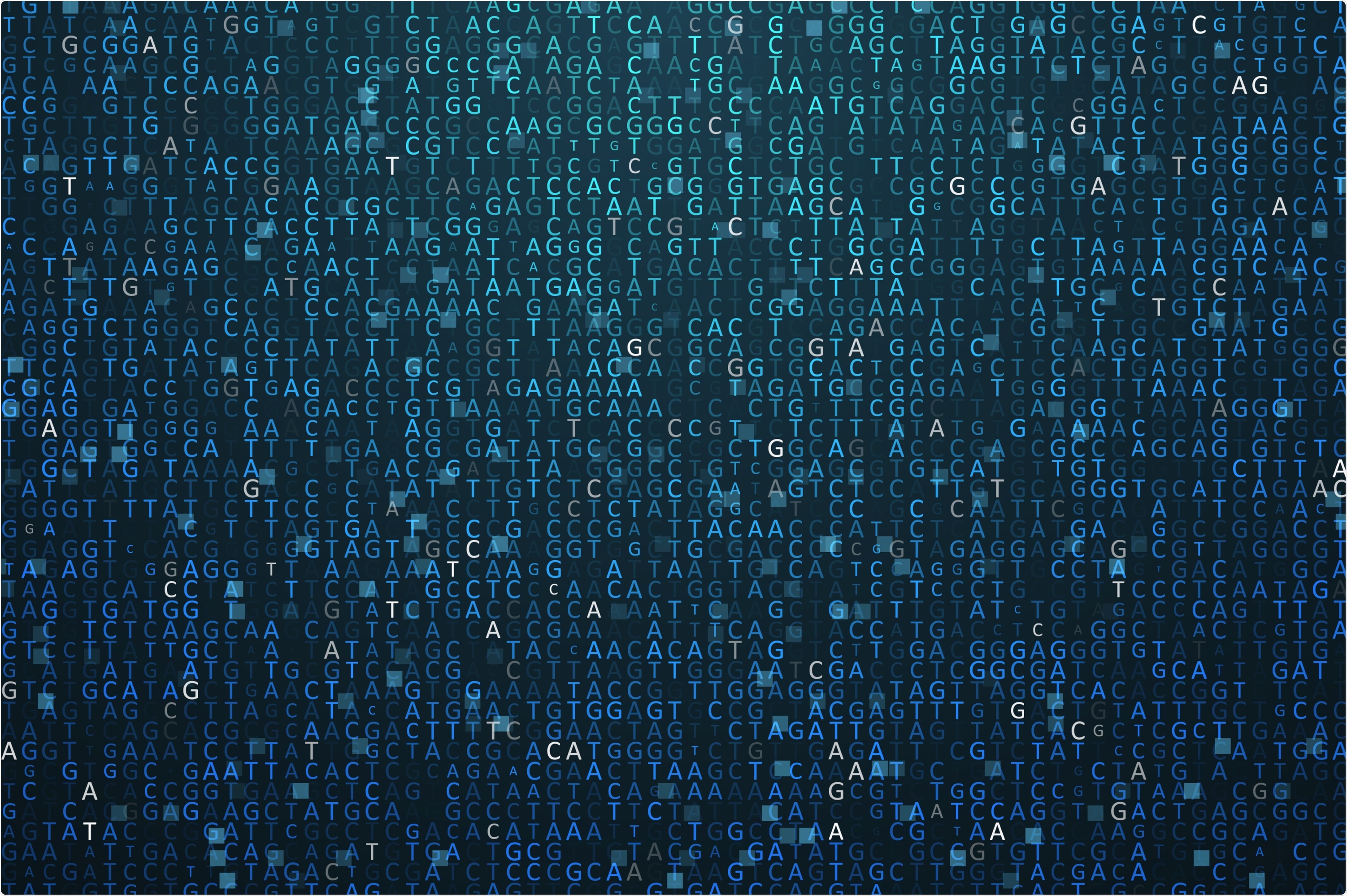Recent research carried out by a group of bioscientists from Durham University, the United Kingdom, along with the University of Liverpool, Northumbria University, and New England Biolabs, anticipates utilizing newly characterized defense systems in bacteria to match changes to the human genome.

Image Credit: majcot/Shutterstock.com
Undergraduates from Durham University are also involved in this study which aimed to illustrate the complex processes of bacterial innate immunity.
Bacteria have developed numerous defense systems to safeguard themselves from bacteriophages—viruses that infect bacteria. Most of these systems have earlier been developed into beneficial biotechnological tools, for gene editing, where the target DNA undergoes minor changes.
The scientists showed that the two defense systems operate complementing each other to safeguard the bacteria from bacteriophages.
One system safeguarded the bacteria from bacteriophages that did not contain any modifications to their DNA.
Certain bacteriophages alter their DNA to evade the first defense system. A second system, named BrxU, safeguards the bacteria from the bacteriophages with altered DNA, thus offering a second layer of defense.
The scientists created an exceptionally detailed 3D picture of BrxU to comprehend how it safeguards from bacteriophages with altered DNA.
BrxU can be another beneficial biotechnological tool, as the same DNA alterations that BrxU identifies occur throughout the human genome, and are modified in cancer and neurodegenerative diseases.
Being able to recognize modified DNA is crucial, as similar modifications are found throughout the DNA of the human genome. This extra layer of information, the ‘epigenome’, alters as we grow, and also changes in cases of cancer and neurodegenerative diseases.”
Dr Tim Blower, Study Senior Author and Associate Professor, Department of Biosciences, Durham University
Dr Tim Blower is also the Lister Institute Prize Fellow.
Tim Blower further adds, “If we can develop BrxU as a biotechnological tool for mapping this epigenome, it will transform our understanding of the adaptive information controlling our growth and disease progression.”
The observations of the research carried out by the lead author Dr David Picton and colleagues were published in the Nucleic Acids Research journal.
The 97 undergraduates engaged in the current research were in the final years of their BSc or MBiol degrees in the Department of Biosciences, Durham University.
In context with the Microbiology Workshop designed to offer research-led teaching, undergraduates were entrusted with isolating new bacteriophages for research. These bacteriophages are not harmful to humans; however, similar to the human immune system responding to infections, bacteria too have developed the immune systems that safeguard them from bacteriophages.
Bacteriophages were gathered from the River Wear, College ponds, and other waterways nearby Durham. They were later employed to analyze E. coli’s innate immunity against bacteriophages.
Source:
Journal reference:
Picton, D., et al. (2021) The phage defence island of a multidrug resistant plasmid uses both BREX and type IV restriction for complementary protection from viruses. Nucleic Acids Research. doi.org/10.1093/nar/gkab906.